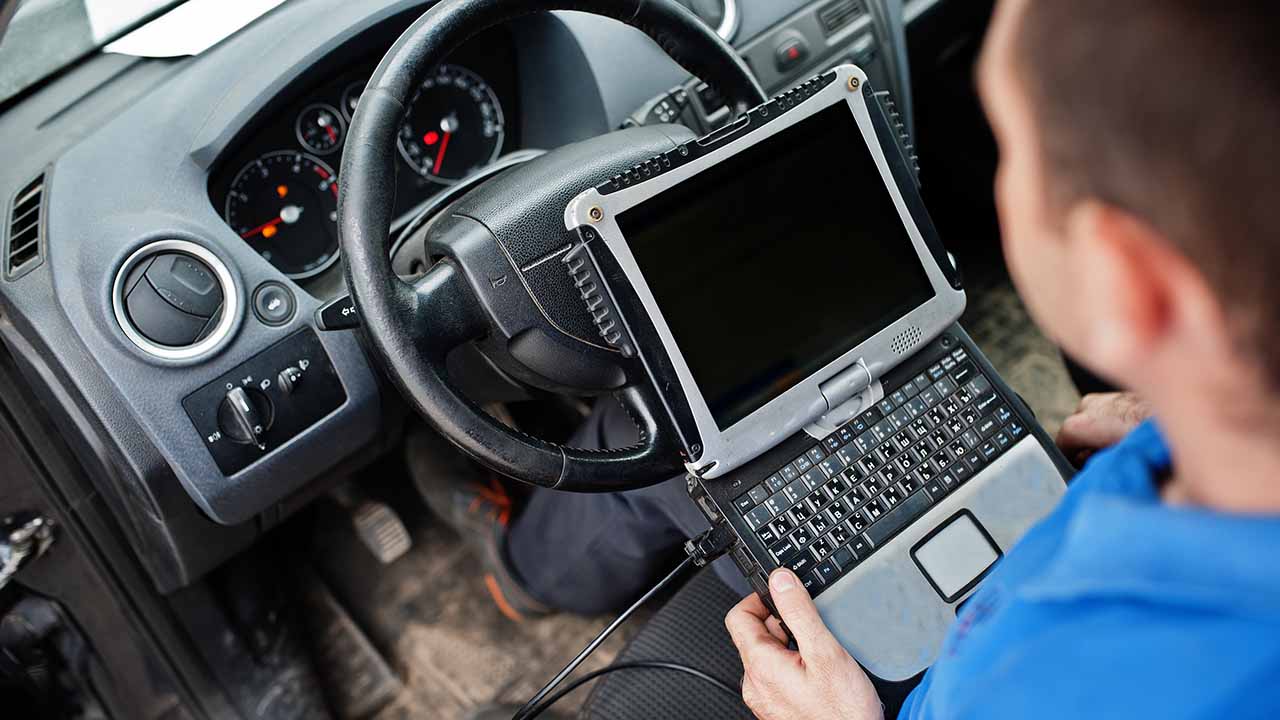Car tuning is an exciting journey that allows you to unleash your vehicle’s potential, enhancing its performance, efficiency, and sometimes even aesthetics. Whether you’re aiming for a faster lap time, improved fuel economy, or a more engaging driving experience, tuning your car can make a significant difference. Here’s a detailed, step-by-step guide to tuning your car for better performance.
1. Understand Your Goals
Before diving into the tuning process, determine your objectives. Are you looking for better acceleration, improved handling, or superior fuel efficiency? Your goals will guide your decisions on what modifications and adjustments to prioritize.
2. Assess Your Car’s Baseline Performance
Before making any changes, evaluate your car’s current performance:
- Dyno Testing: Use a dynamometer to measure horsepower, torque, and overall engine performance.
- Road Testing: Test your car’s acceleration, braking, and handling under controlled conditions.
- Diagnostic Tools: Scan for error codes or potential issues that might affect performance.
3. Upgrade the Air Intake System
Improving airflow into the engine is one of the simplest ways to boost performance:
- Cold Air Intakes: Replace the factory airbox with a cold air intake system to allow cooler, denser air into the engine.
- High-Performance Air Filters: Use reusable performance filters to improve airflow while maintaining proper filtration.
4. Enhance the Exhaust System
A freer-flowing exhaust can help expel gases more efficiently, improving engine performance:
- Performance Exhaust Systems: Upgrade to a cat-back or turbo-back system for reduced backpressure.
- Headers: Replace factory exhaust manifolds with performance headers for better flow.
- High-Flow Catalytic Converters: Enhance exhaust gas flow while staying emissions-compliant.
5. Optimize the Engine
Fine-tuning the engine can significantly improve performance:
- ECU Remapping: Reprogram the engine control unit to optimize fuel and air mixture, timing, and other parameters.
- Forced Induction: Consider adding a turbocharger or supercharger for substantial power gains.
- Upgraded Spark Plugs: Use high-performance spark plugs for more efficient combustion.
- Lightweight Components: Replace heavier parts with lightweight alternatives to reduce strain on the engine.
6. Improve Suspension and Handling
Performance isn’t just about power—it’s also about control:
- Coilover Suspension: Replace stock suspension with adjustable coilovers for better ride height and damping.
- Performance Tires: Choose tires with better grip and handling characteristics.
- Anti-Roll Bars: Install sway bars to reduce body roll during cornering.
- Alignment: Ensure proper wheel alignment for improved stability and tire longevity.
7. Upgrade the Braking System
Faster acceleration requires better stopping power:
- Performance Brake Pads and Rotors: Use high-quality pads and drilled/slotted rotors for improved braking efficiency.
- Stainless Steel Brake Lines: Upgrade to stainless steel lines for better brake pedal feel and response.
- Brake Fluid: Use high-performance brake fluid with a higher boiling point for demanding conditions.
8. Reduce Weight
A lighter car accelerates, brakes, and handles better:
- Remove Unnecessary Items: Take out excess weight, such as spare seats or unused tools.
- Carbon Fiber Components: Replace heavy parts with carbon fiber or aluminum alternatives.
- Lightweight Wheels: Install lighter alloy wheels to reduce unsprung weight.
9. Monitor and Maintain
Tuning isn’t a one-time effort; regular monitoring and maintenance are crucial:
- Data Logging: Use performance monitors to track engine parameters and identify issues.
- Scheduled Maintenance: Keep up with oil changes, fluid top-ups, and filter replacements.
- Periodic Inspections: Check for wear and tear on upgraded components.
10. Test and Refine
Once modifications are complete, test your car to ensure the desired improvements have been achieved:
- Track Days: Test performance upgrades in a safe, controlled environment.
- Adjustments: Fine-tune settings, such as suspension stiffness or ECU maps, based on performance data.
- Feedback Loop: Continuously refine your setup to match your evolving goals.
Tuning your car for better performance requires a mix of technical know-how, patience, and a clear vision of your goals. By methodically upgrading and optimizing different aspects of your car, you can transform it into a machine that’s not only faster but also more enjoyable to drive. Remember to stay within legal limits and prioritize safety throughout the process. Happy tuning!

